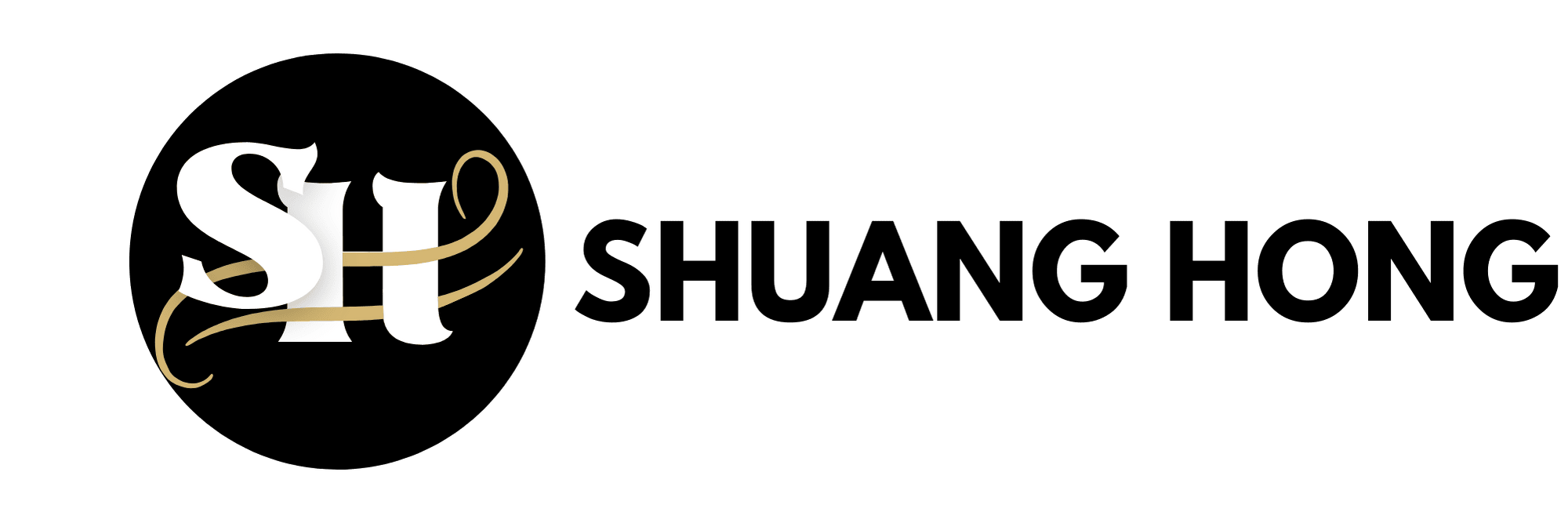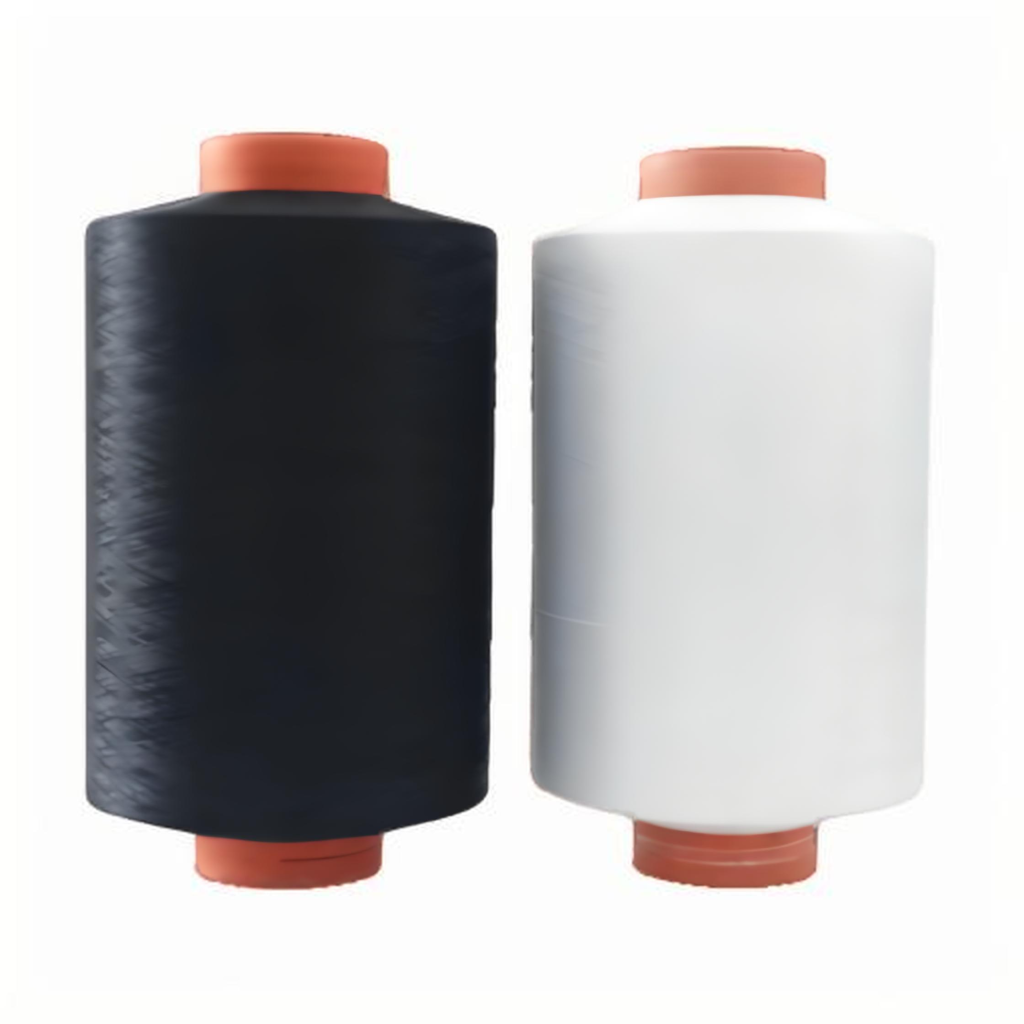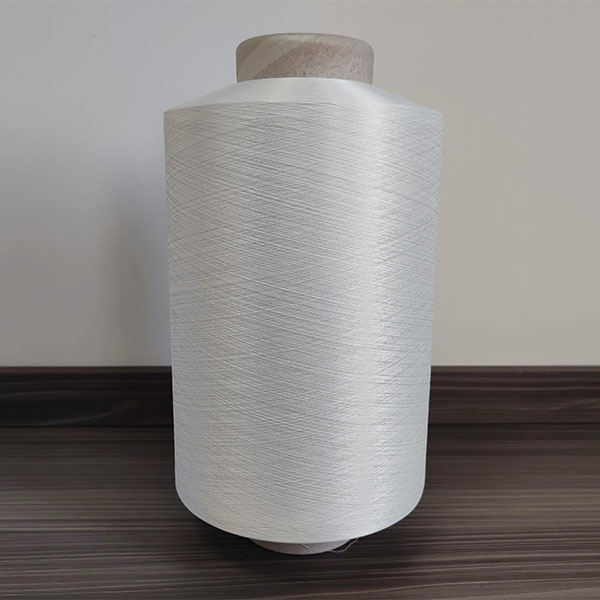In early 2025, federal policy discussions on industrial textiles have focused on Polyester POY. The government is evaluating regulations to enhance sustainability and safety in textile manufacturing. This policy evolution aims to balance environmental protection with industry needs, potentially encouraging wider adoption of Polyester POY in the textile industry.
Policy Changes and the Textile Sector’s Responsibility
In recent years, sustainability has taken center stage across the textile supply chain, especially concerning widely used materials like Polyester POY (Partially Oriented Yarn). As global environmental policies evolve—some reinforcing reduction in plastic usage and others adjusting course—the fiber and yarn manufacturing industries face both opportunities and uncertainties.
Textiles Supply Chain recognizes that Polyester POY, as a primary feedstock in the production of DTY and FDY, sits at the heart of both innovation and environmental discourse. While this versatile fiber continues to meet the demands of modern fashion, sportswear, and technical textiles, it also brings focus to questions of recyclability, circular design, and lifecycle impact.
Polyester POY: The Fiber Behind Everyday Innovation
Polyester POY is a crucial intermediate in the polyester filament yarn category. It is known for its semi-stretched nature, uniform strength, and suitability for subsequent texturizing processes. From activewear to home textiles, POY enables manufacturers to deliver durability, flexibility, and color vibrancy.
Its wide applicability has made it a dominant force in global textile manufacturing. However, with such scale comes responsibility—especially in light of global conversations around microplastic shedding, carbon emissions, and end-of-life product scenarios.

Environmentally friendly Polyester POY
Evolving Regulatory Climate: State-Level Leadership and International Trends
While international discussions around plastic regulation often focus on packaging, fibers such as Polyester POY are also being scrutinized. Many countries are setting stricter standards on industrial emissions, encouraging recycled polyester content, and urging a shift toward closed-loop production systems.
In the United States, state-led policies like California’s SB 54 and New York’s packaging reform indirectly influence textile producers by promoting Extended Producer Responsibility (EPR) models and material labeling standards. These frameworks are expected to gradually expand to include Polyester POY and similar synthetic materials in the future.
Simultaneously, countries such as Germany, Japan, and South Korea are investing in chemical recycling technologies that could transform how POY is recovered and re-spun—creating new markets for sustainable variants of the yarn.
Industry Response: Adapting Production and Product Design
Forward-thinking manufacturers are already reacting to this policy landscape by exploring new forms of POY derived from post-consumer PET bottles and industrial scrap. Some have begun incorporating bio-based monomers, while others are enhancing processing systems to reduce water and energy use.
At Textiles Supply Chain, we support these shifts by sourcing responsibly and encouraging partners to adopt low-impact production methods. Our commitment to tracking regulatory changes ensures that POY offerings meet both quality expectations and environmental benchmarks across international markets.
Opportunities in the Green Transition
Despite policy unpredictability, the transition toward sustainable yarns presents multiple growth avenues:
-
Recycled Polyester POY: Demand for mechanically and chemically recycled Polyester POY is climbing, particularly in Europe and North America.
-
Certifications and Transparency: Certifications such as GRS (Global Recycled Standard) add value and build consumer trust.
-
Digital Traceability: Advanced supply chain tracking tools help brands and mills trace the origin and lifecycle of Polyester POY yarns.
-
Cross-sector Partnerships: Collaboration between governments, academia, and industry players can accelerate eco-friendly solutions.

Polyester POY worldwide
Market Considerations for Polyester POY
For businesses navigating global trade, understanding local and regional legislation is critical. The shifting policy terrain means:
-
Exporters must align POY characteristics with importing countries’ green standards.
-
Brands should consider circular economy commitments in product design.
-
Manufacturers can benefit from grants and incentives tied to clean energy, recycling, or sustainable product development.
Polyester POY, while not banned or restricted under most current regulations, is increasingly included in discussions on sustainable sourcing, microfiber control, and waste reduction. Staying informed ensures long-term viability in a changing world.

Polyester POY Suppliers
Building a Responsible Future for Polyester POY
The textile industry’s future lies at the intersection of performance, affordability, and sustainability. POY, a foundational material in this sector, must evolve alongside environmental policies and consumer expectations.
At Textiles Supply Chain, we believe in proactive adaptation—whether through exploring bio-based alternatives, investing in recycling partnerships, or ensuring compliance with global and state-specific regulations. We view changing policy not as a barrier, but as a catalyst for smarter, cleaner innovation in POY.
The challenges ahead—climate change, waste management, and ethical manufacturing—require collaboration at every level. By continuing to prioritize transparency, circularity, and reduced impact, our industry can ensure that Polyester POY remains a viable, responsible solution for decades to come.
For more updates, visit www.textilessupplychain.com.
Tin tức trước đó
Polyester Spun Yarn A Changing Policy EnvironmentTin tức tiếp theo
Navigating Policy and Innovation: The Sustainab...
Bởi Yarn
Sản phẩm nổi bật
-
 Sợi polyester DTY 100D/144F
Sợi polyester DTY 100D/144FSợi polyester DTY 100D/144F: Hướng dẫn tối ưu...
-
 Sợi polyester DTY 100D/96F
Sợi polyester DTY 100D/96FSợi polyester DTY 100D/96F: Mềm mại, ổn định...
-
 Sợi polyester DTY 75D/144F SIM
Sợi polyester DTY 75D/144F SIMSợi polyester DTY 75D/144F SIM: Lựa chọn hàng đầu cho...
